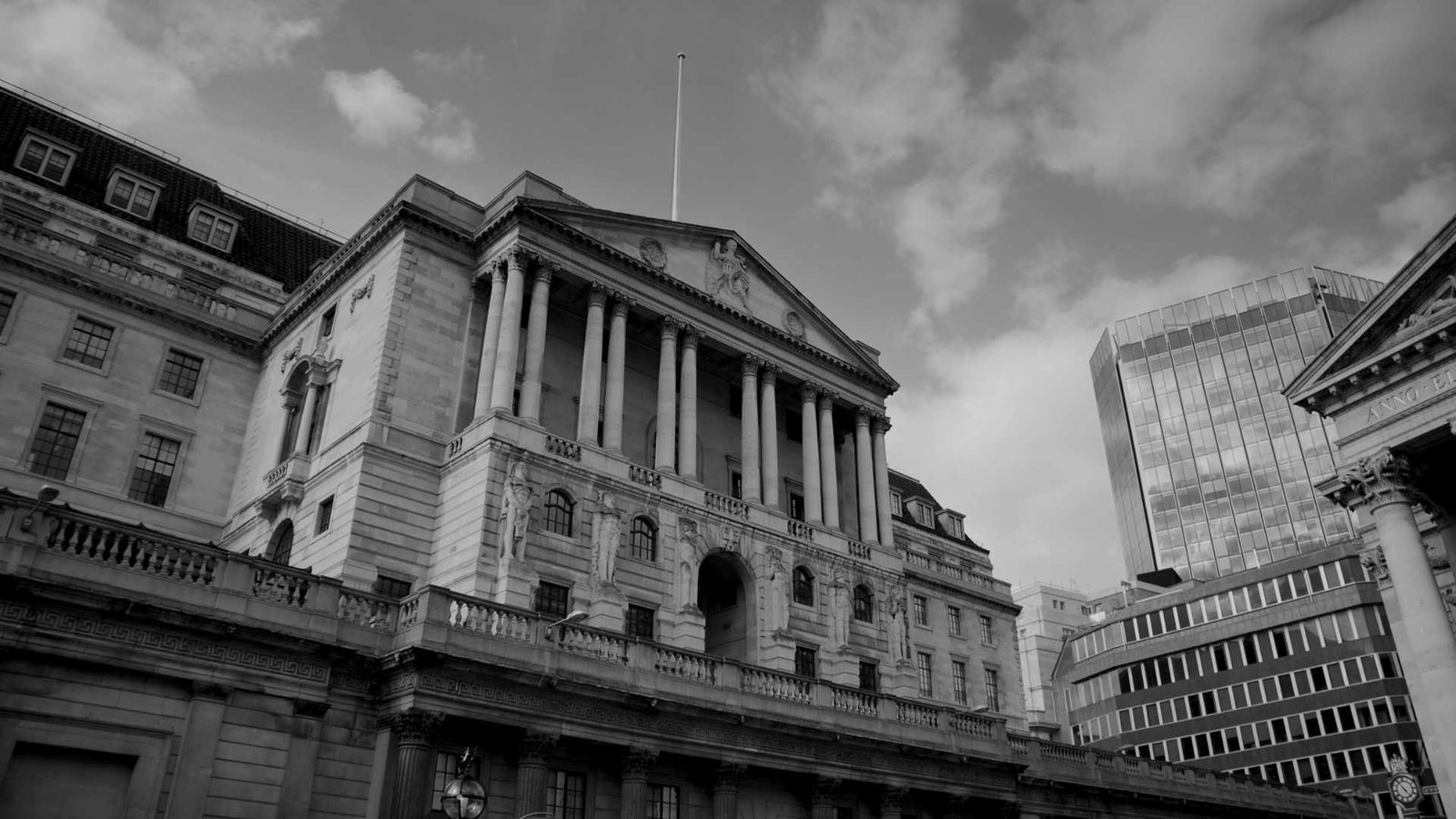Source: Fintech Futures
At the FinovateFall 2022 conference in New York, FinTech Futures sat down with James Wallis, VP of central bank engagements at Ripple, to get his views on the rise of central bank digital currencies (CBDCs), use cases for cryptocurrencies in banking and payments and the future of blockchain technology.
FinTech Futures: You’re here to give a keynote on digital currencies, CBDCs and blockchain, so starting off with digital currencies, how would you say banks particularly in North America currently view digital assets, is there still some scepticism there or have incumbents started to embrace it?
James Wallis: I would say definitely the level of acceptance has gone up quite a lot in the last 12 months. If you think specifically about digital currencies like CBDCs and stablecoins, there’s been a big uptick in interest from the commercial banks.
Originally a lot of the projects that were going on around the world were started by the central banks, so the Federal Reserve in the US and the Bank of Canada, but the commercial banks have now realised that this is going to happen and they need to figure out how they’re going to participate in it.
So there’s a lot of interest from the commercial banks, and there’s also a lot of initiatives kicking off elsewhere, like the digital dollar initiative. We just announced that we’re going to part of their technical sandbox. So that’s really to try and envision what a digital dollar might look like. Obviously the Federal Reserve basically makes all the decisions, but this is an independent think tank that’s providing input into the Federal Reserve.
Given the volatility of the crypto market and talk of a ‘crypto winter’, has that dampened any sentiment or is there still the sense that this is building for the future and there is a place for it, and the space will only mature from here?
I think from my perspective, I’ve seen these ups and downs in the tech industry, like the dot-com bubble, so to me this feels a little bit like that, and it’s a bit of a shake out. So I think the companies that have a strong value proposition and have a strong funding level or balance sheet, I think they’re well positioned.
To talk specifically about Ripple, we’ve got a long-term view. We’re building enterprise solutions for banks and other financial institutions, and this is an opportunity for us to actually keep motoring when other companies are maybe not as fortunate and are not able to keep going. We’re hiring a lot of people. I think we’re close to 700 people now, and we’re hiring more next year so we could continue that growth. So I think the crypto market – however you want to define that – will come back, and I think that those companies that have invested in growth and are able to keep investing will prevail. Obviously we’d rather not have the crypto market where it is, but for us it’s an opportunity to dig down and keep working away.
On that note, what has Ripple been working on recently?
We have a lot of things going on. I’m personally responsible for the CBDC initiative so we can talk about that a bit more. We have our RippleNet network, which is our global payments network. We just announced that we’re able to now do a lot more work with Brazil. We have to get regulatory approval when we go into any new markets, and that’s something that’s very important to us. We work hand in hand with central banks and government entities that regulate these things.
We’ve got some work going on around liquidity, which is always a big topic when it comes to payments and cross-border money movement. And then we’re also doing a lot of work to try and promote the XRP Ledger. That’s the underlying ledger that we use in a lot of our solutions, and it’s where the XRP cryptocurrency sits natively.
We also have things like grants programmes. We just did something called CBDC Innovate. So essentially that was a challenge or a contest if you like, or some people would call them hackathons. We invited people to come up with and design some use cases for CBDCs over and above the basics of using it as a cash alternative or for wholesale bank settlement design. It’s a two-step programme. Step one has just closed. Close to 500 people showed interest and we’ve narrowed that down to the top 16 that now go through to the next stage, which is between now and November. And that’s where they get to work with our team building on our sandbox to build out this idea they had and turn it into a working prototype.
So we’re putting quite a lot of investment in to help educate people and help people get access to the technology. We’re of the view that the more developers and the more participants in the ecosystem the better. It makes for a healthier long-term view.
Switching to CBDCs, we’re starting to see a fair amount of uptake globally, so how do you see this area evolving?
Yeah, that’s the big question. There are always new stats coming out, but I think the latest stats I saw were that it’s gone from 80% to 85 or 90% of central banks are now doing something in this space. That something could be basic research through to doing proof of concepts or pilots, and there are one or two that have got limited but live pilots with real money.
I think that the central banks and governments have realised that digital money is here to stay. And for central banks, part of their mission is financial stability in their countries. So on the one hand they might want to protect themselves from any foreign currencies or other digital currencies, but they’re also sort of slow moving. So they’re at this stage where they know they need to do something. They know it’s inevitable. And you’ve got some people that are definitely leading the pack.
The Bank of England, the Federal Reserve, the European Central Bank and Bank of Japan are still doing a lot of research, but some of the smaller countries I would say are moving a lot faster. Within the scope of what my team’s working on, we’ve announced two pilots so far. One is in Bhutan. The central bank there is called the Royal Monetary Authority. Essentially they are looking to really drive more innovation and digitisation in the country. It’s an initiative from the top level in the country. And also to drive more financial inclusion and make more financial products available to more of the population. So we started that project a while back. We did an initial pilot covering a wholesale use case. And then the next phase that we’re working on is a real money pilot retail use case. And then also they’re working with us on cross-border payments as markets like Bhutan have quite a high level of remittances in and out of the country.
Another example is in Palau. They don’t have a central bank, they’re a dollarised country. So the economy’s official currency is the USD, but they still want their own digital currency. In that example we’re working with them to create a government-issued stablecoin. So it’ll be issued by the government and collateralised by dollars held in a US bank. The view there is that’ll be a high-quality stablecoin and very transparent in terms of how much there is, where the money is being held, and meeting all the regulations.
What are the main benefits for countries and potentially populations of using CBDCs?
I think there’s a handful of benefits, and for any one given country the importance of those benefits sort of varies a bit, right? So some countries have got very inefficient domestic payment schemes, and using truly digital money, whether it’s a CBDC or a stablecoin or crypto,
having a government-issued or central bank-issued digital currency will allow for much more efficient payments and lower fees. Potentially merchants could use a digital currency and not have to pay interchange fees with credit card companies. There are a lot of nuances and politics around that obviously, but there are definitely some efficiencies to be made there.
Financial inclusion, which I touched on earlier, a lot of the bigger banks around the world cannot really effectively serve the poor people in their countries because banks have got lots of bricks and mortar, they’ve got expensive systems, and they just can’t provide products to low-income people and still make a profit. So again with a digital currency, you’ve got the ability to have new entrants in the market like fintechs, as long as they’re regulated, offering financial services at much lower pricing.
For example, one of our partners has a very high amount of cash-based lending. So, on Friday, people get paid. They line up at the bank to take all their money out of the ATM and sometimes they loan it to family or friends. It’s quite a big thing in that culture. So we’re probably going to put in a very simple, low-cost P2P lending platform so they can get paid in a digital currency and don’t have to line up at the bank, and they can just transfer it very simply and easily to someone else, and then that could be paid back automatically or there can be triggers as to when that’s paid back.
And then I think to me the biggest benefit is providing a platform for this innovation. Simply providing a platform that other people can build on. Central banks I think will provide the core infrastructure. Commercial banks will be part of that distribution method. So you’re not going to have an account with the central bank, but you’d have an account with a commercial bank where you can get CBDCs. But then we envisage lots of people building these use cases on top of that.
And finally looking at blockchain, what real-world use cases are you most excited by there, and how are firms looking to implement this technology?
Well I’m a bit biased as I’ve been working in the space for a long time, but I think blockchain as a technology has got an almost infinite number of use cases. If you go back to the basics of what blockchain technology gives, it gives the ability to have parties that don’t trust each other transact in a trusted way, right? You have a single source of truth so they know exactly what’s where and when, and then you have the ability to add automation to that through smart contracts.
So when it comes to financial services, payments is an obvious one. Our RippleNet network is global. With this on demand liquidity that we have, it basically enables you to send money instantly without having to prefund accounts. There are other areas like securities, securities depositories, lending, insurance. There’s applicability across all of them. I think the ones that will emerge first are the ones where I think the benefits are the biggest and where it’s actually practical. So I think that’s why we’ve been successful on the payments side because with cross-border payments, there are so many frictions in the old model that if you can crack that and take those restrictions out, then you’re on to a winning proposition.
But I think ultimately, if you go back to the start of the internet, depending on who you talk to 1998 is viewed as the year where the internet really started growing up and people figured out what they can use it for, and then now 24 years later the use cases are endless, right? I think blockchain will be the same. I think digital currencies will be the same. We won’t be talking about blockchain in 10 years. I hope not. It’ll just be a technology that’s always there under the covers, like TCP/IP.































































